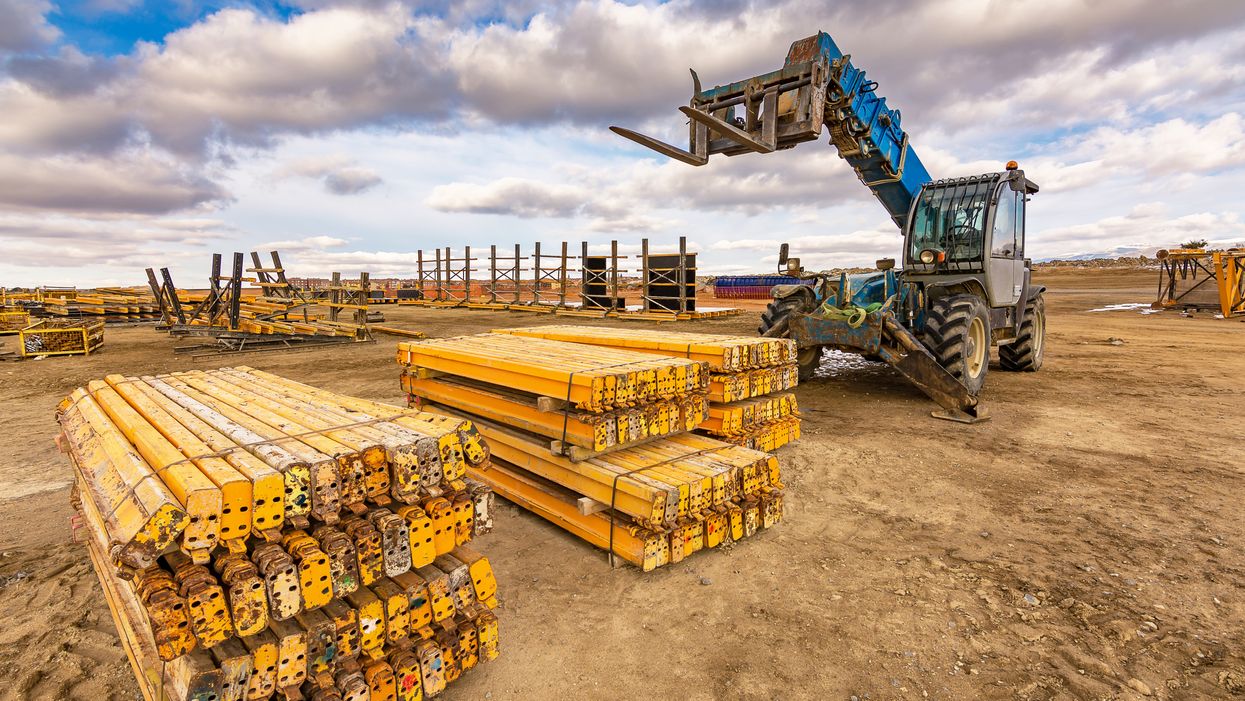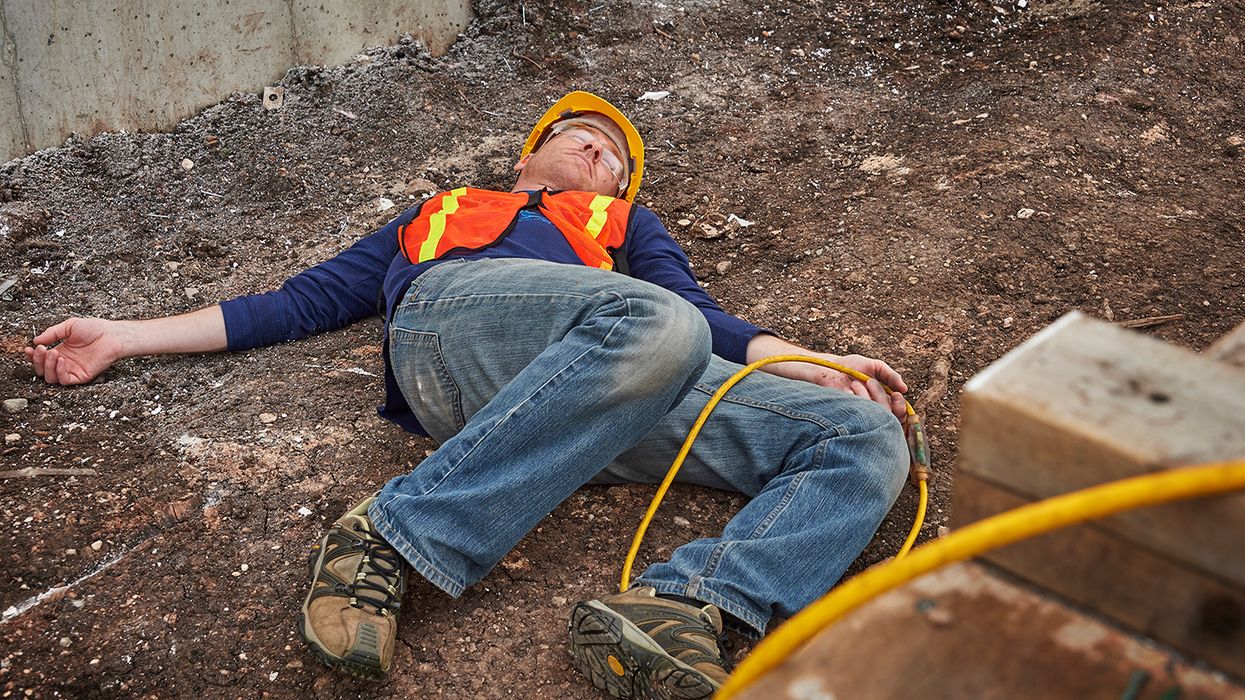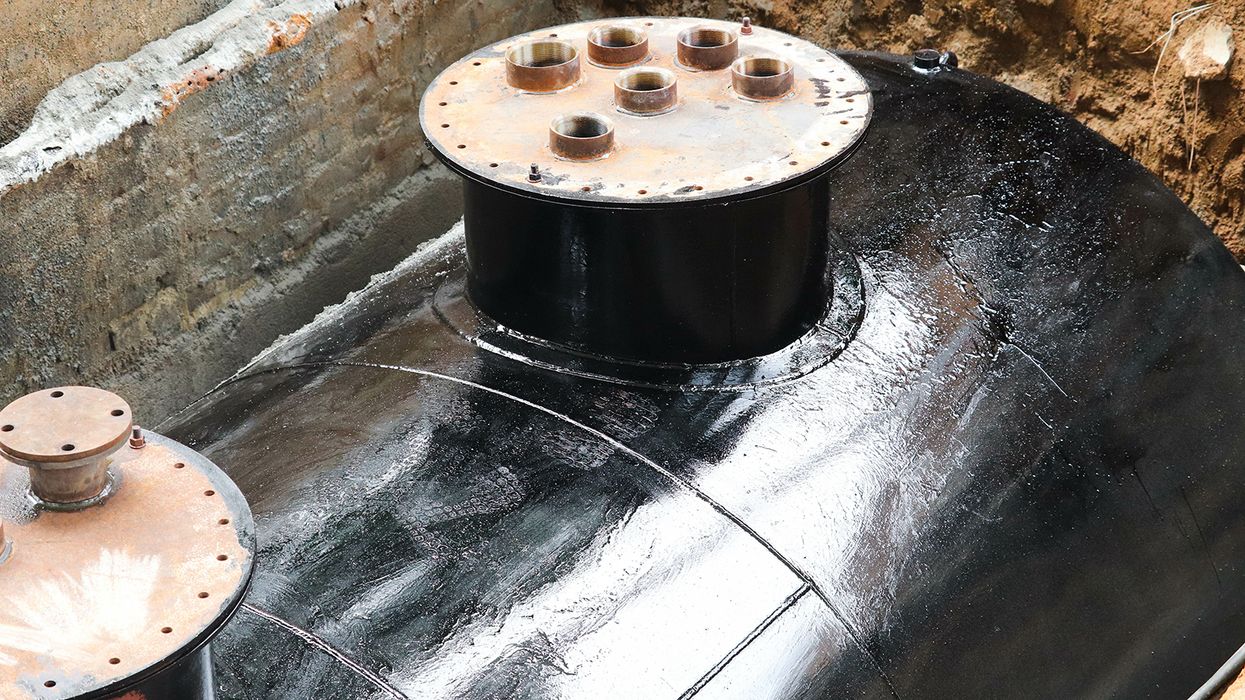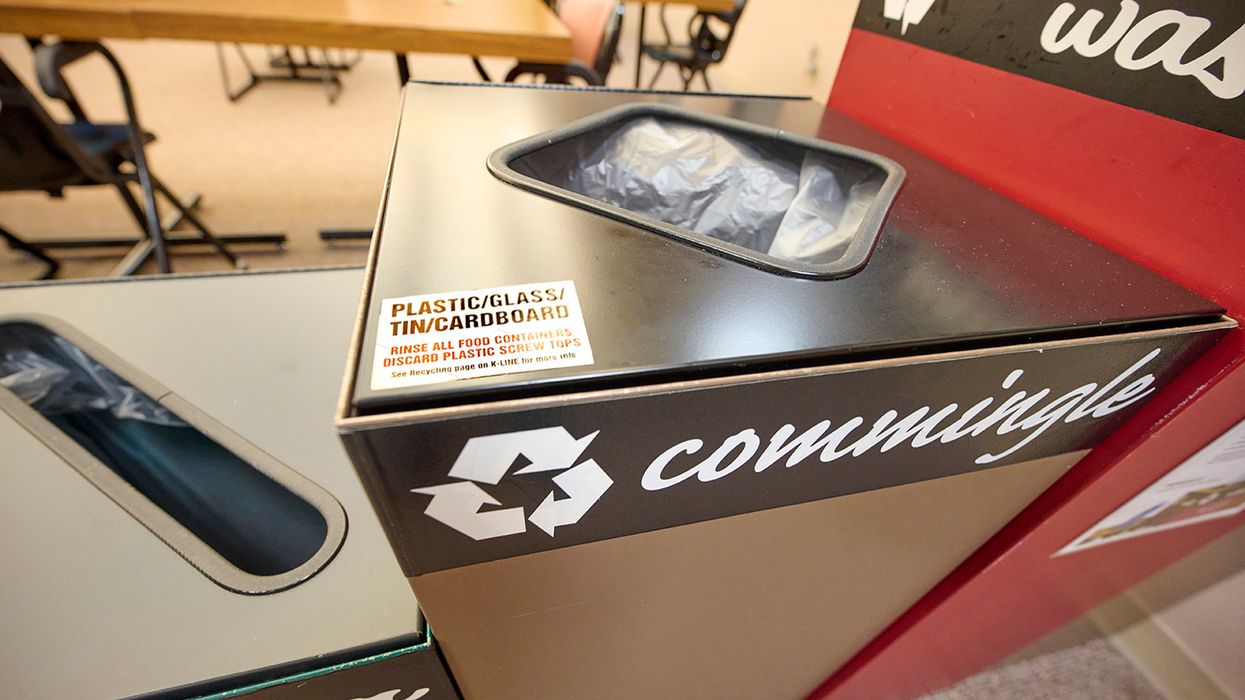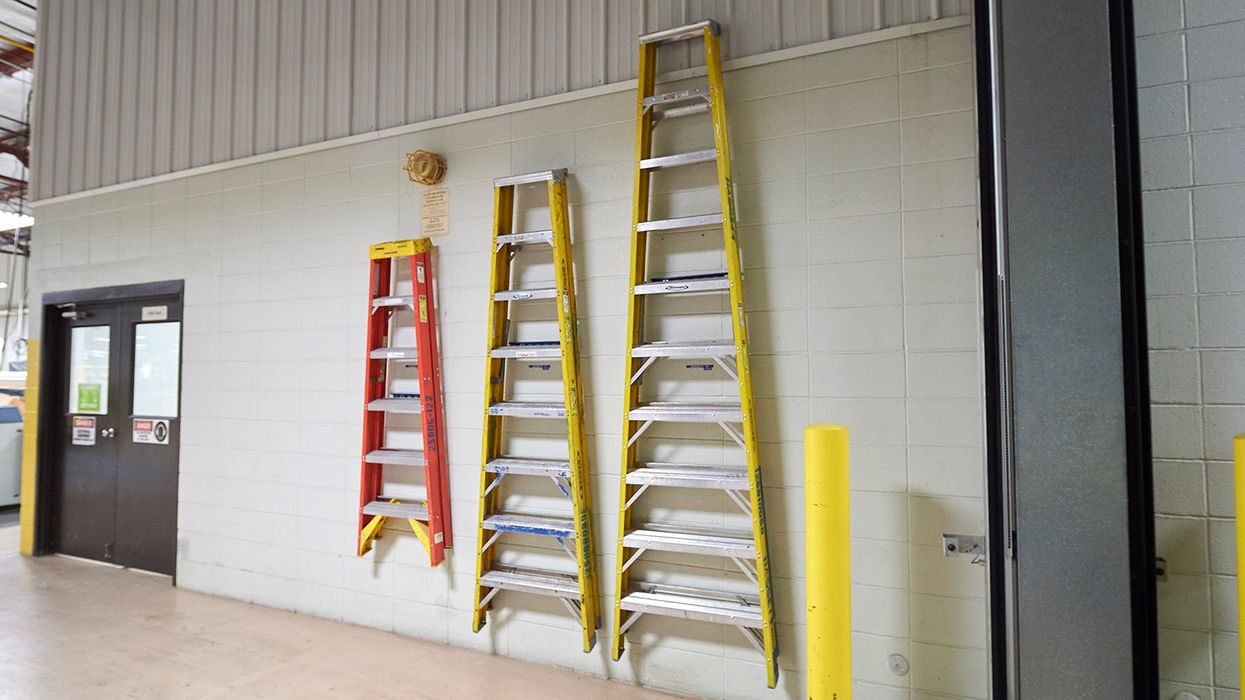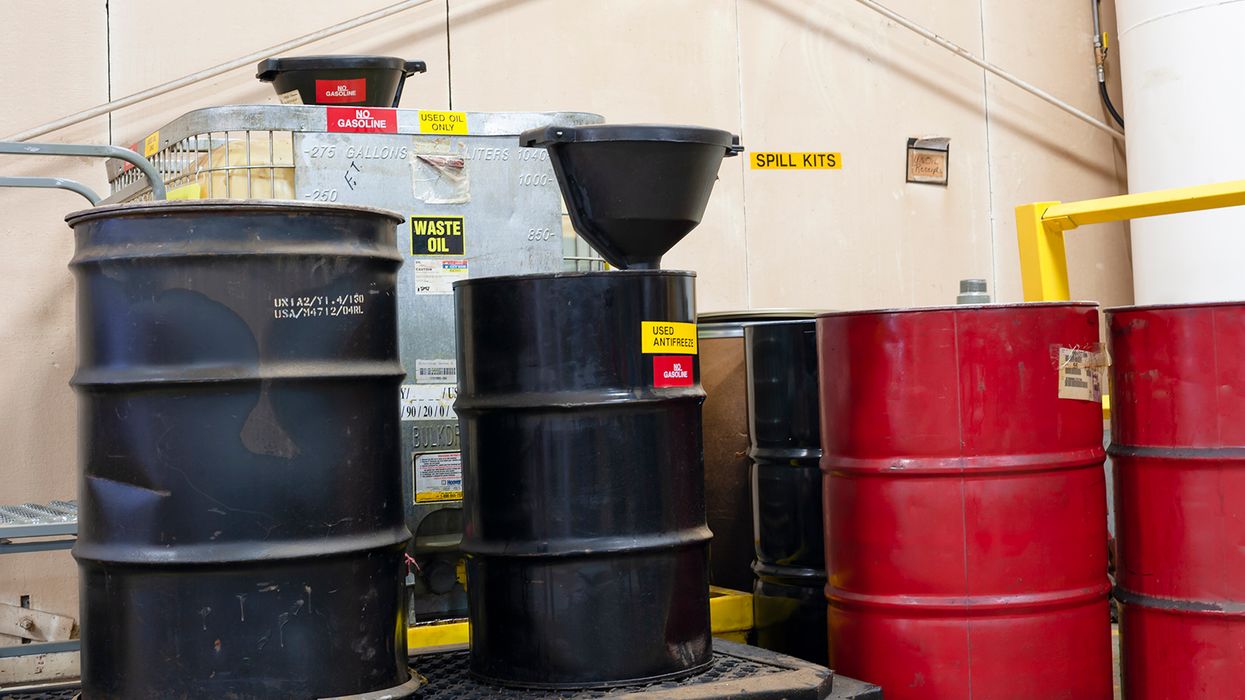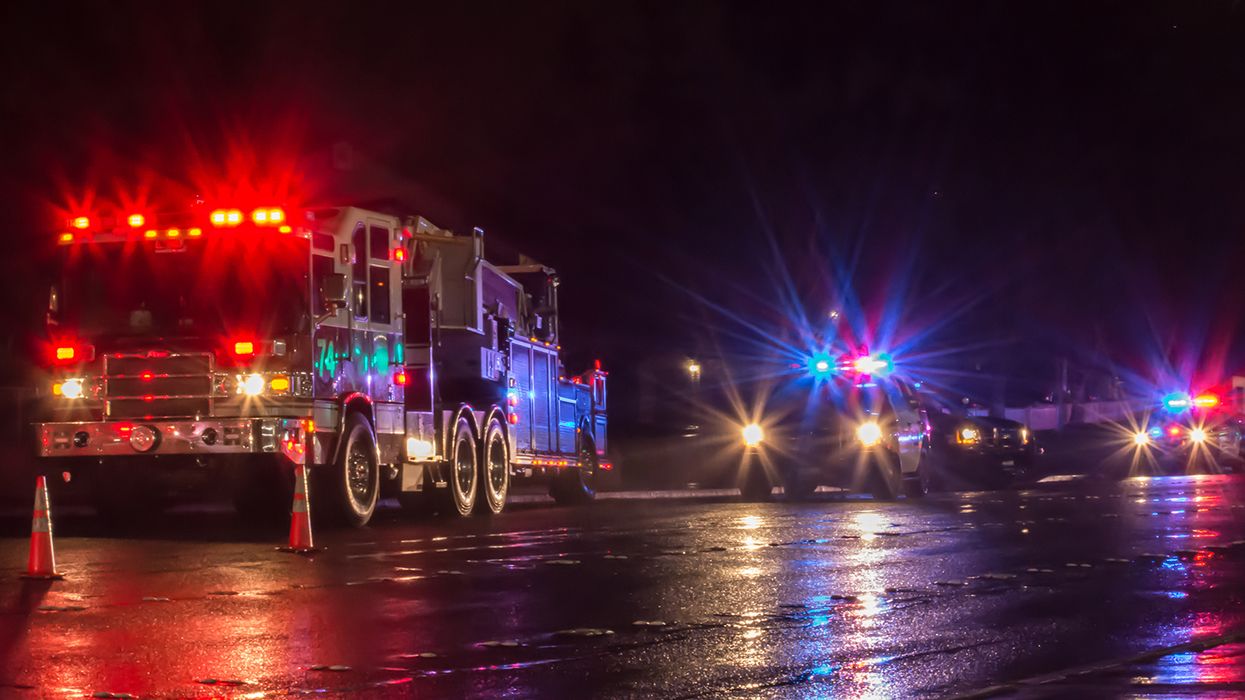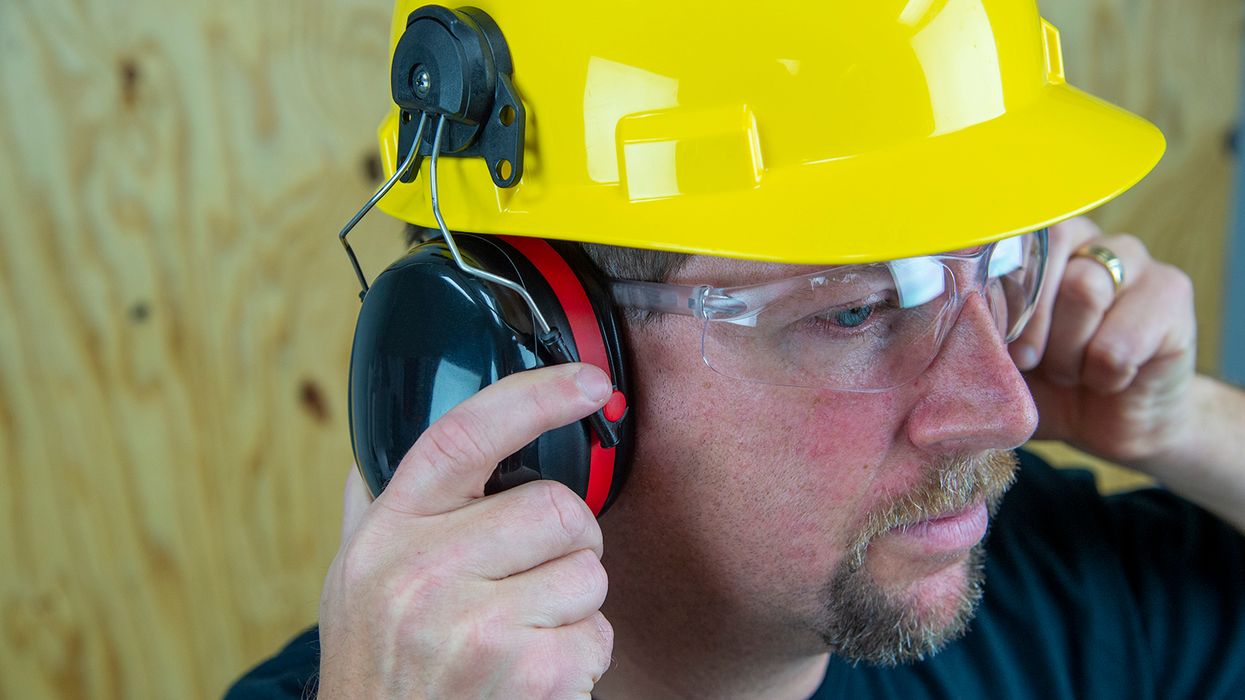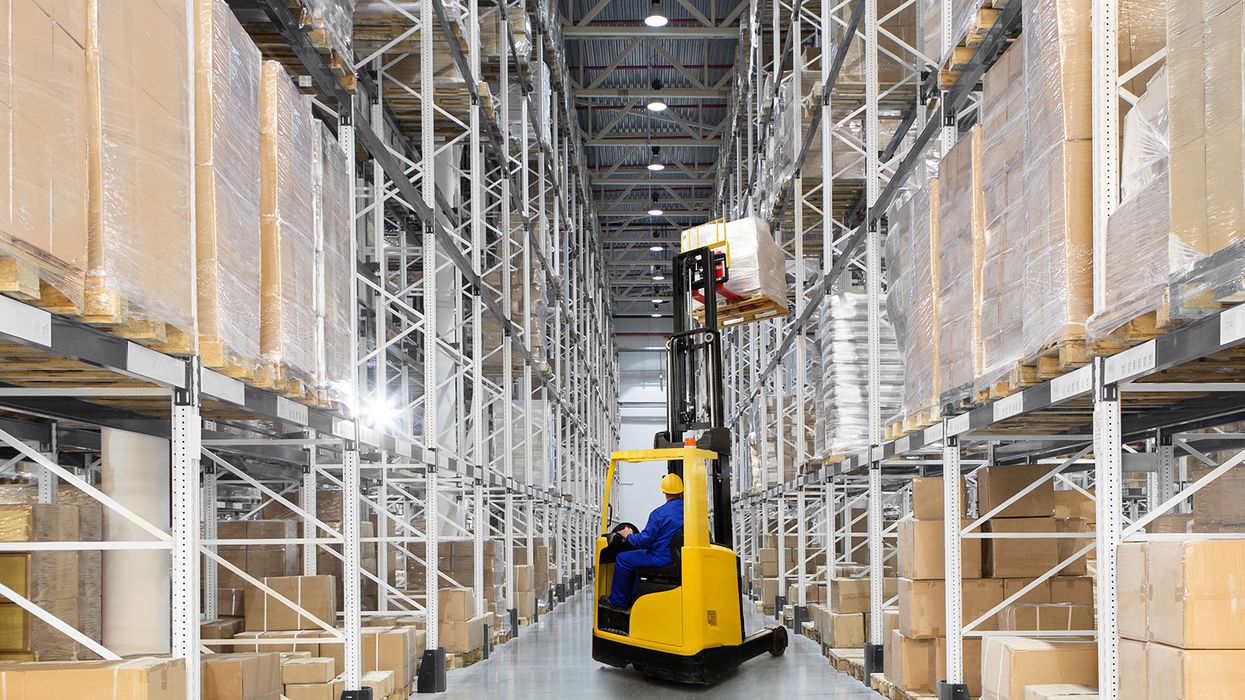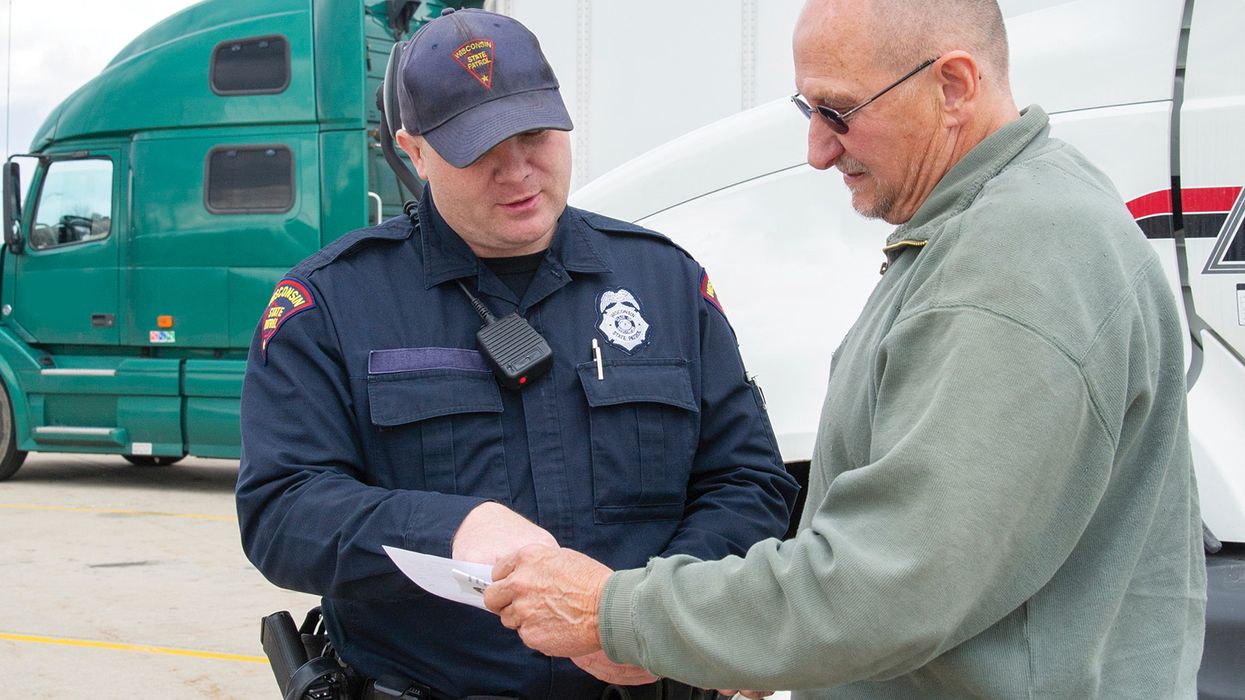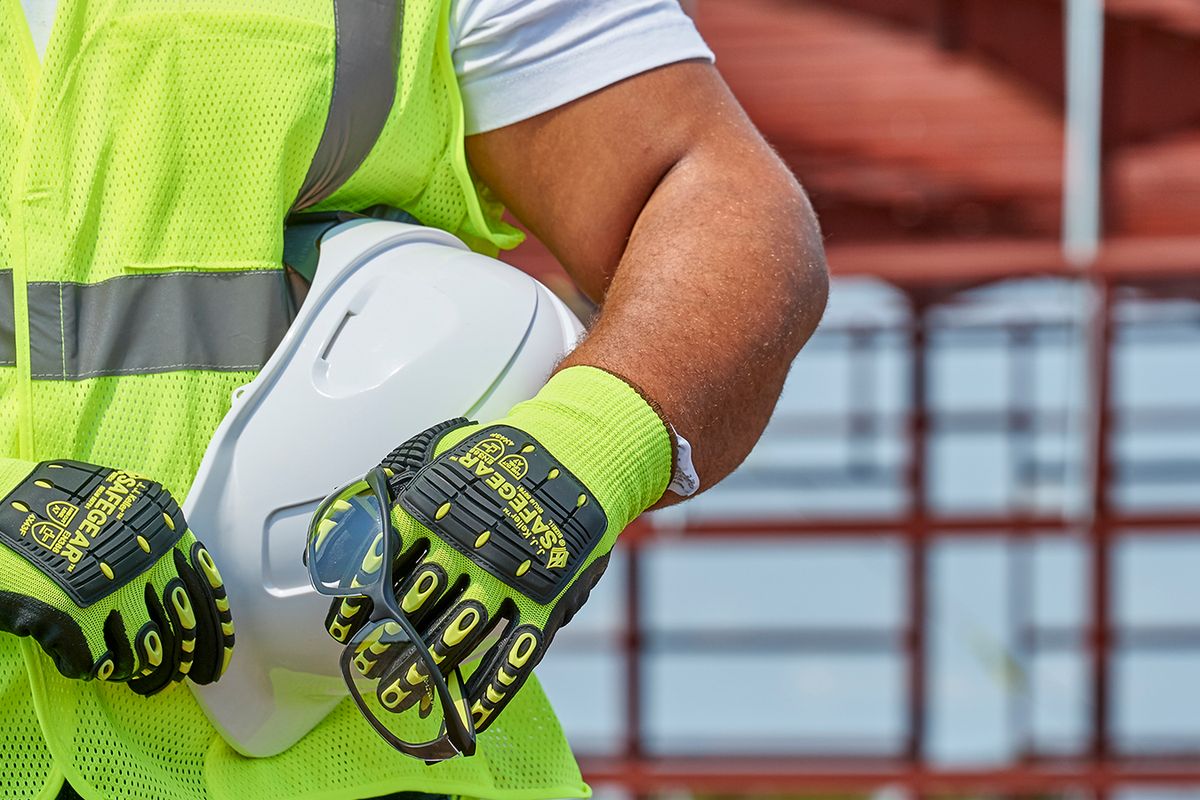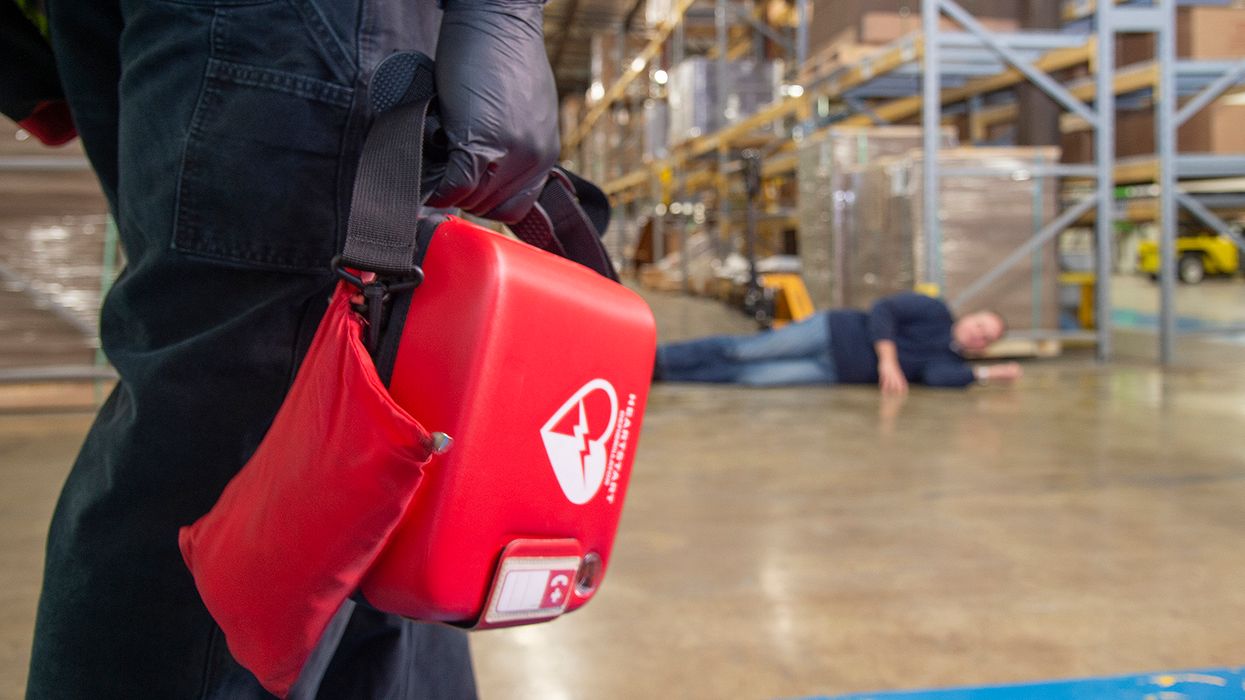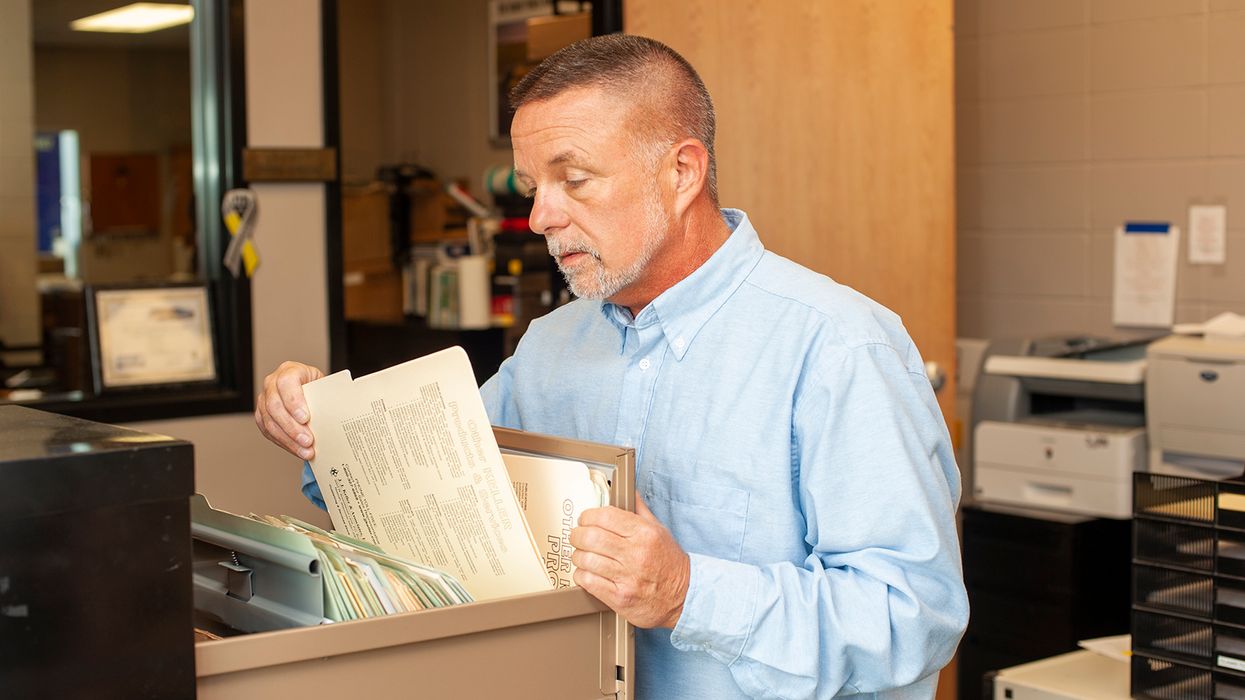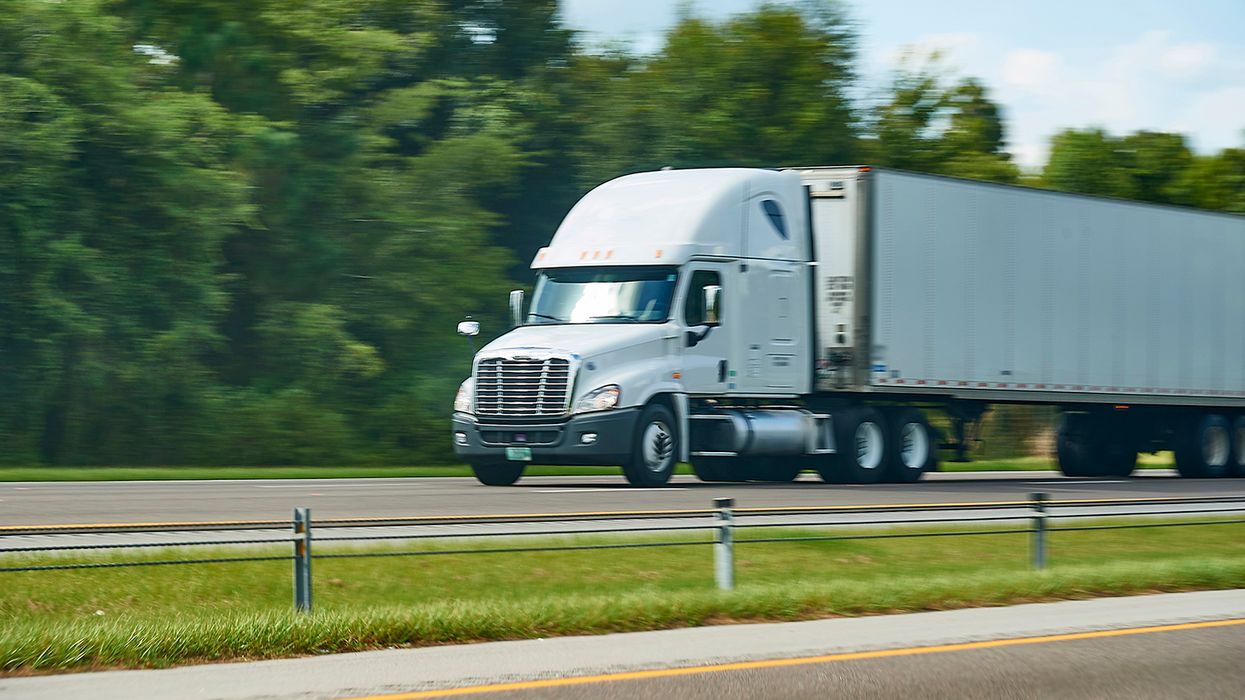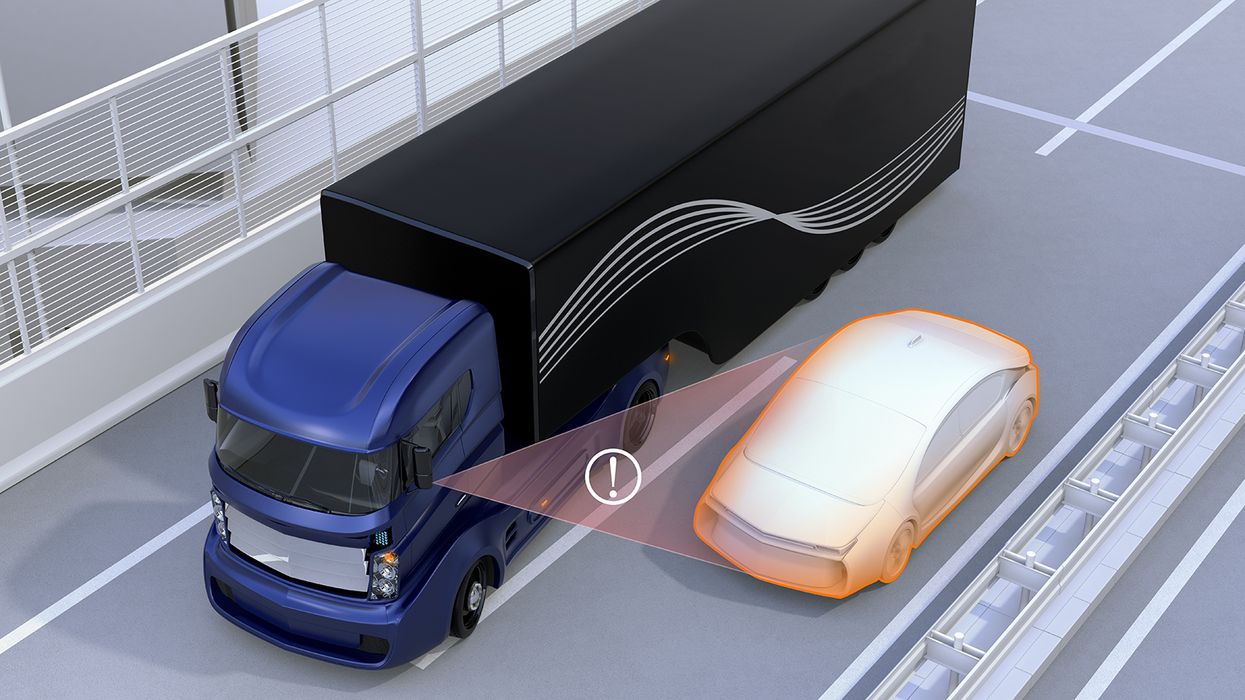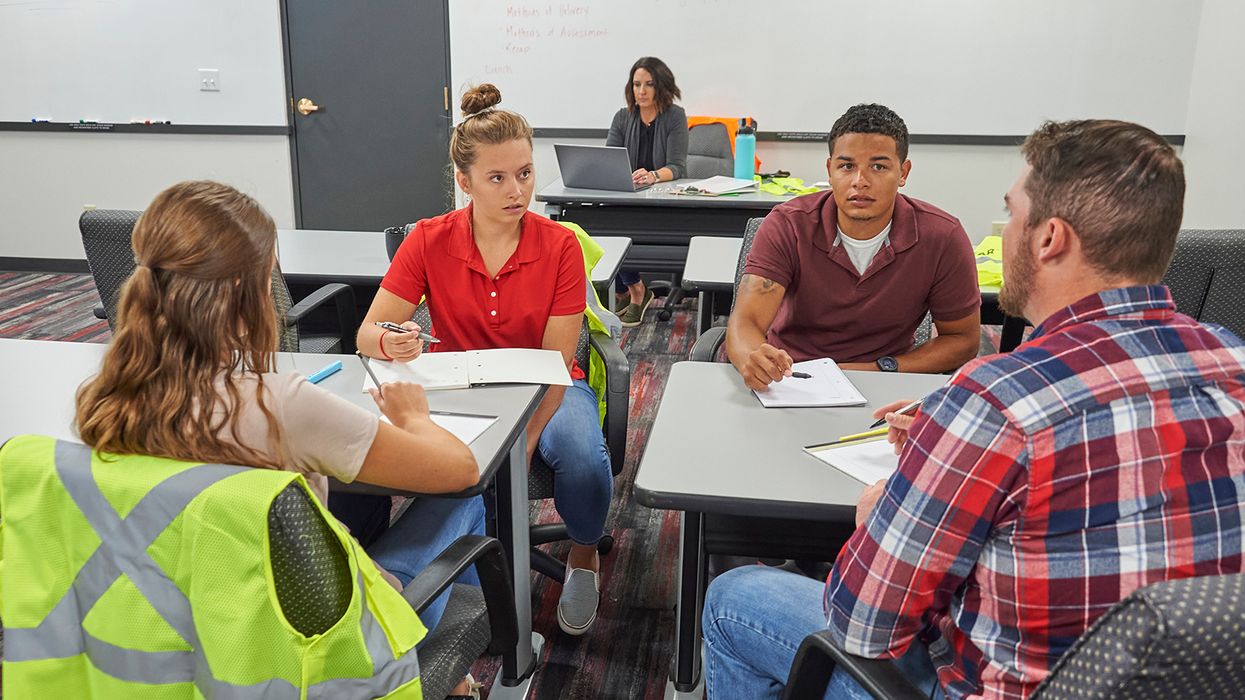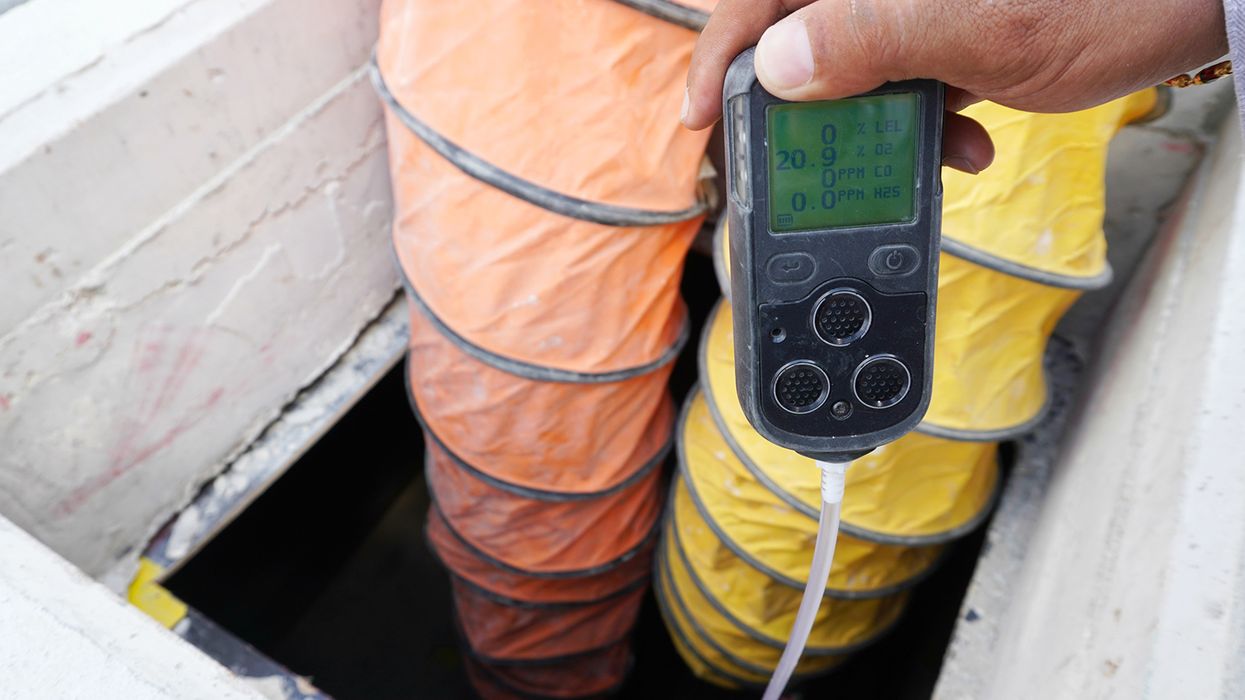Put the brakes on speed for telehandlers
If you’ve been on a jobsite where telehandlers are used, you’ve seen an operator traveling too fast in one. OSHA doesn’t have specific speed limits set for the safe operation of telehandlers. However, OSHA would consider a variety of factors when determining what speed is safe. These factors include, but are not limited to:
- The type of truck,
- The manufacturer’s limitations on the truck,
- The load being carried,
- Adequate stopping distances,
- Operating surface conditions,
- Pedestrian traffic, and
- Other related safety issues.
For more requirements like determining safe travel speeds, OSHA says in 1926.602(c)(1)(vi) that the company could look to consensus standards such as ASME B56.1, Safety Standard for Low Lift and High Lift Trucks. For example, paragraph 4.3.2 of ASME B56.1 has a Stopping Distance formula, which may help determine approximate theoretical stopping distances where certain variables are known. This information, along with other factors, can then be used to calculate a maximum safe speed.
Here are best practices that should be used on your jobsite:
- All traffic regulations must be observed, including established speed limits. Many jobsites are at existing facilities and plants that have set speed limits. A safe distance should always be kept of three truck lengths from other vehicles and keep the telehandler under control. I’ve been on many construction projects where an existing plant or facilities were present, and many support vehicles, vendors, and delivery drivers were driving around the site.
- Drive slowly, be attentive to the surroundings, and sound the horn at intersections and other locations where vision is obstructed. If the load being carried blocks the forward view, the operator should travel with the load trailing.
- Ascend or descend grades slowly.
- Operate the telehandler at a speed that will allow it to be brought to a stop safely.
- Slow down for wet and slippery conditions.
- Establish pedestrian crosswalks and require that operators stop and yield for all foot traffic.
While specific speed limits are not available, OSHA has said it would consider the totality of the circumstances surrounding the telehandler’s operation in determining whether safe travel speeds are practiced at the jobsite.
Key to remember: Ensure your operators follow all established speed limits and traffic rules within the right-of-way and onsite.

